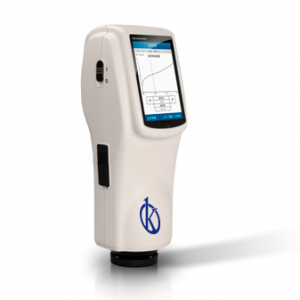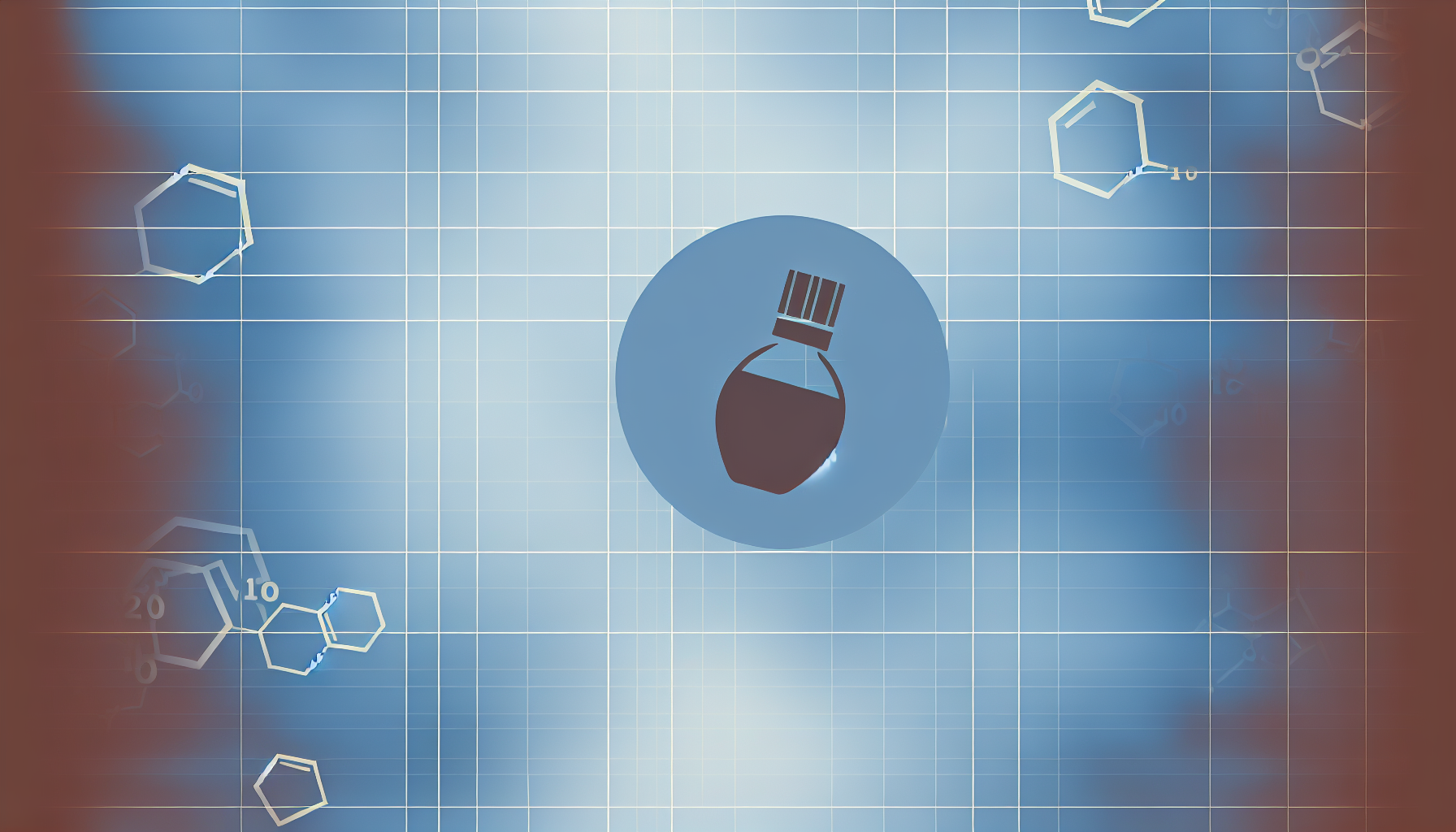Water is a colorless and odorless liquid, present in a more or less pure state in nature, represents 80% of the composition of most organisms and intervenes massively and decisively in the realization of their metabolic processes. It is classified according to its state and salinity level. Natural water can contain a wide variety of impurities, these will be characteristics of the hydrological cycle you have experienced.
As man increases his dominion over nature, new needs arise, resulting in accelerated environmental deterioration. The result is pollution of the water by harmful agents, which happens relatively often. The migration of heavy metals from manufacturing, petroleum, petrochemical, steel, among others, and the growing problem of solid waste degradation in marine waters have marked the increase of pollutants.
Water contaminants are impurities that represent elements harmful to the intended use. To determine the need for and correct treatment technology, specific contaminants must be identified and measured. Spectrophotometric methods are the most commonly used to measure heavy metal pollution in water. These are based on the radiation produced or absorbed by the molecular or atomic species of interest. The principle of operation of these techniques is based on the comparison of the intensity of light dispersed by the sample to be evaluated with that dispersed by the reference standard.
The spectrophotometer is an optical analysis instrument that allows projecting a beam of light through a sample and thus determining, identifying, and quantifying the absorbance or transmittance of energy. The amount of light absorbed or transmitted is proportional to the concentration of the material. This difference is specific to certain species, so the equipment yields absorption spectra that are unique to each substance and are often used as a fingerprint. Spectrophotometric methods vary depending on the range of the working spectrum, they can be visible spectrum, UV and infrared.
Spectrophotometric techniques
- Aluminum, in regulatory solution based on acetic acid, aluminum (selective reagent of Aluminum) forms with the metal a complex of red coloration, capable of colorimetric measurement at 525 nm.
- Concentrations of lead, copper and nickel can also be determined.
- UV spectrophotometry:
- Nitrates only in waters with low organic matter content, applicable at a wavelength of 220 nm.
- Hydrocarbons work in the range of 210-400 nm of wavelength, using n-hexane as a pattern.
- Visible spectrophotometry:
- Boron, boron may be mixed with carminic acid to form a complex capable of colorimetric determination at a wavelength of 585 nm.
- Iron, using the method of orthophenanthroline based on the formation of a colored complex of iron ion, which is susceptible of colorimetric determination at 510 nm.
- Manganese is visible at a wavelength of 525 nm, the sample can be prepared with the method of potassium peryodate or ammonium persulfate, based on the oxidation of manganese to permanganate.
- Copper is capable of spectrophotometric determination measuring at 540 nm. The oxalyldihydrazide method may be used to prepare the sample, which is based on the formation of a complex between copper and oxalyldihydrazide-acetaldehyde, in a regulatory solution at pH=9.3, violet in color.
- Zinc, can be determined by the ferrocyanide method, which is based on the formation of a colloidal precipitate of zinc ferrocyanide, susceptible of subsequent colorimetric determination operating at a wavelength of 650 nm.
- Phosphorus, it is possible to detect it by preparing the sample from a reaction in acid medium between the dissolved phosphate anion and ammonium molybdate in the presence of potassium tartrate and antimony, to form phosphomolybdic acid which is reduced by ascorbic acid, generating a blue coloration due to molybdenum and susceptible of colorimetric determination at a wavelength of 690 nm.
At Kalstein we are MANUFACTURERS, we have a wide range of equipment that will allow you to analyze concentrations of various pollutants in water samples. We offer hand-held, table-top, multi-angle, portable, single- or double-beam, visible-spectrum or UV desktop spectrophotometers. For more information, PRICES, PURCHASE or SALE, visit us on our catalog HERE




